Bruises are one of the most common closed wounds that result from minor injuries, but they can often look alarming, appearing as dark patches on the skin that change colour as they heal.
Whether you’ve bumped into something, taken a fall, or had a minor accident, bruising occurs when small blood vessels (capillaries) break beneath the surface of the skin. While most bruises heal on their own, understanding what causes them, how to treat bruises effectively, and how to prevent them can help reduce discomfort and speed up recovery.
In this article, you’ll learn what bruises are, the normal stages of bruise healing, and how to care for your skin to support the healing process.
What are bruises?
Bruises are patches of discoloured skin caused by blood pooling beneath the surface. They happen when small blood vessels (capillaries) break due to an impact, like bumping into something, causing blood to leak into the surrounding tissue. Although the skin usually remains unbroken, the trapped blood forms a visible mark.
However, there are some treatments you can use to speed up the healing process and prevent further damage to the bruise, such as increased size or swelling.
Common locations for bruises
Bruises often appear on areas that are exposed to frequent bumps or pressure. A bruised ankle is common after twists or falls, especially during sports. A bruised hand may result from direct impact or catching yourself during a fall. The knee is also a frequent site; bruised knees often result from kneeling, tripping, or collisions.
While usually harmless, these bruises can be painful and may affect movement, so monitor symptoms closely.
What are the types of bruises?
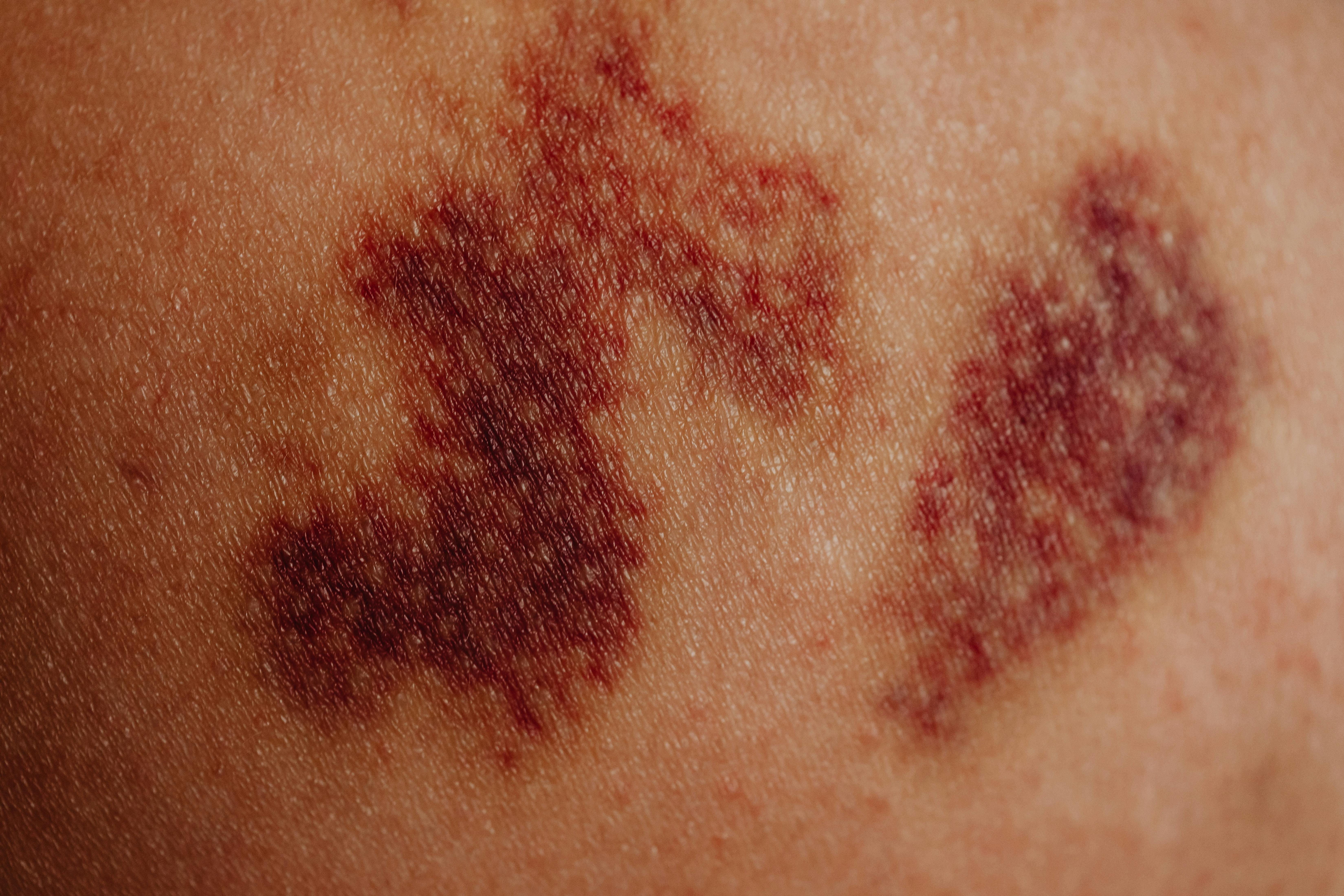
Understanding the different types of bruises can help you identify what’s happening under your skin and when to seek medical attention. Not all bruises are the same, some may indicate a more serious injury or underlying health issue. Learn more about minor bruises and how to identify dangerous types of bruises below.
Ecchymosis
Ecchymosis is a medical term for a normal bruise. It usually appears as a flat, discoloured patch on the skin and is larger than 1 centimetre in diameter. This type of bruise is usually caused by minor trauma and doesn’t require medical treatment unless it occurs frequently or without a clear reason.
Haematoma
When you have a severe injury, such as a major fall or car accident, a haematoma may occur. This happens when blood collects under the skin, forming a painful, swollen area. The skin over a haematoma may feel raised, spongy, rubbery, or lumpy to the touch. Because a haematoma can indicate deeper tissue damage, it’s important to seek medical attention if you think you might have one.
Purpura
Purpura are bruises that are smaller than ecchymosis but larger than petechiae, typically measuring between 4 and 10 millimetres. They appear as reddish-purple spots on lighter skin tones and brownish-black on darker skin. Purpura may be a sign of an underlying medical condition, especially if it appears suddenly or in large numbers, so speak to a doctor if you notice this type of bruise.
Petechiae
This type of bruise is tiny, pinpoint spots that are usually less than 2 millimetres in size. They appear as reddish or purplish dots that do not turn white when pressed. Petechiae often suggest capillary bleeding and may be associated with infections, low platelet counts, or other health concerns. If you notice petechiae without an obvious cause, it’s best to consult a doctor.
How long do bruises last?
Bruises normally vary depending on several factors, such as the severity of the injury, the size of the bruise, the healing process, and your overall health. In general, the entire healing process typically takes 2 to 3 weeks, while more severe bruises can take a longer period to fully heal.
Learn more about the stages of the bruising healing process below.
The stages typically progress as follows:
- Red or Purple (immediate to one–two days): Right after the injury, the bruise appears red or purplish due to fresh, oxygen-rich blood pooling under the skin.
- Blue or Dark Purple (two–five days): As the blood loses its oxygen, thep bruise darkens to a blue or deep purple shade.
- Green (five–seven days): The body starts to break down haemoglobin in the blood and clean up the bruise, producing biliverdin, which gives the bruise a greenish hue.
- Yellow or Brown (seven–10 days and onward): As healing continues, biliverdin is converted to bilirubin, which turns the bruise yellow or brown. This is usually the final stage before the bruise fades completely.
Avoid massaging the bruise directly, and if pain or discolouration worsens, consult a healthcare professional.
How to get rid of bruises
Bruises usually fade on their own, but there are some home treatments you can use to reduce pain, swelling, and visibility. The following are effective and easy home remedies for bruises:
Ice therapy
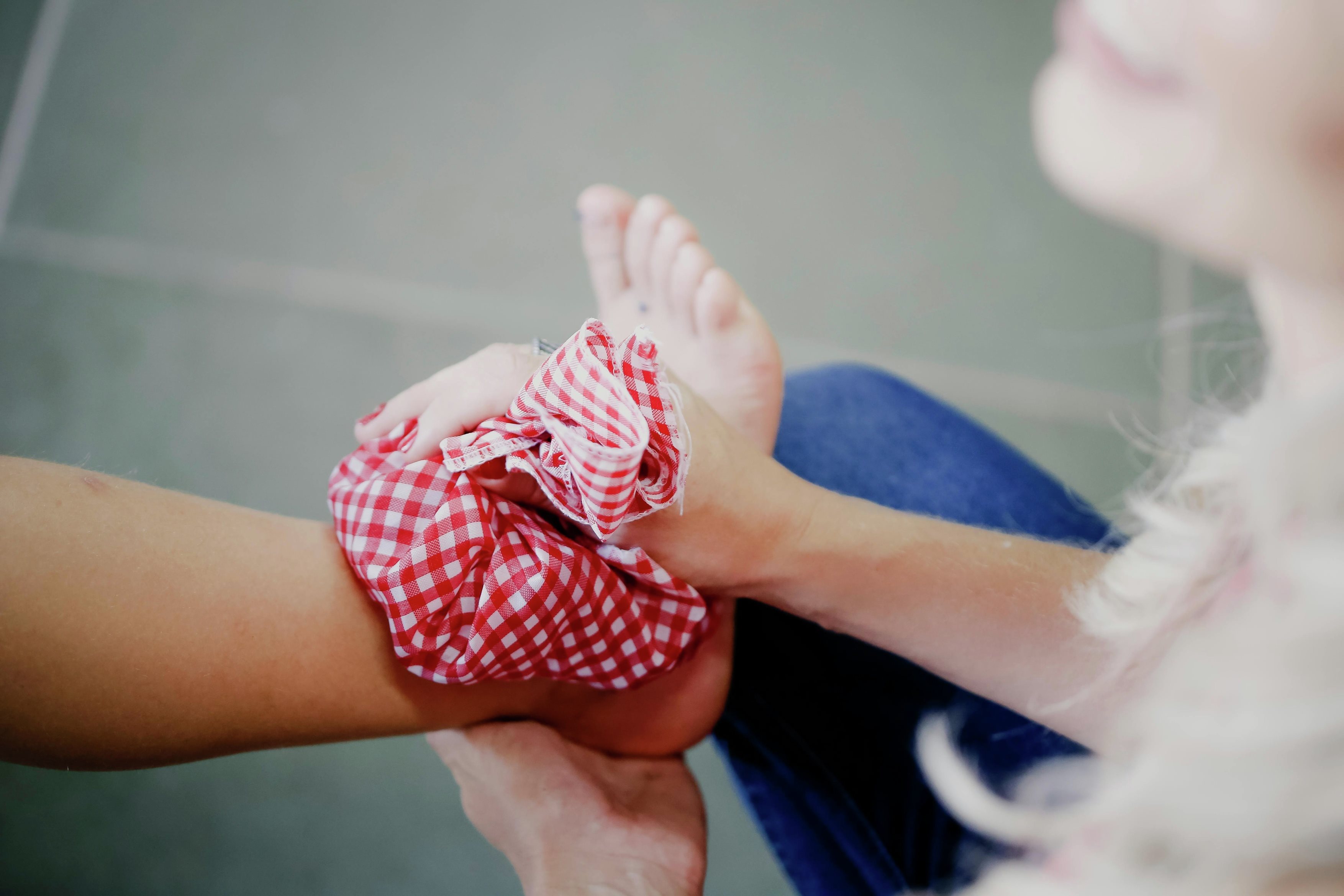
Immediately after the injury, apply an ice pack to the bruised area for 10 to 15 minutes at a time, then wait at least 20 minutes before reapplying. Cooling the blood vessels slows down bleeding into the surrounding tissue, helping to reduce blood flow, swelling, and the size of the bruise. Learn more about cold therapy for injuries.
Use a reusable ice pack, a bag of ice, or a bag of frozen vegetables wrapped in a cloth or towel. Avoid applying ice directly to the skin, as this may cause an ice burn.
Elevation
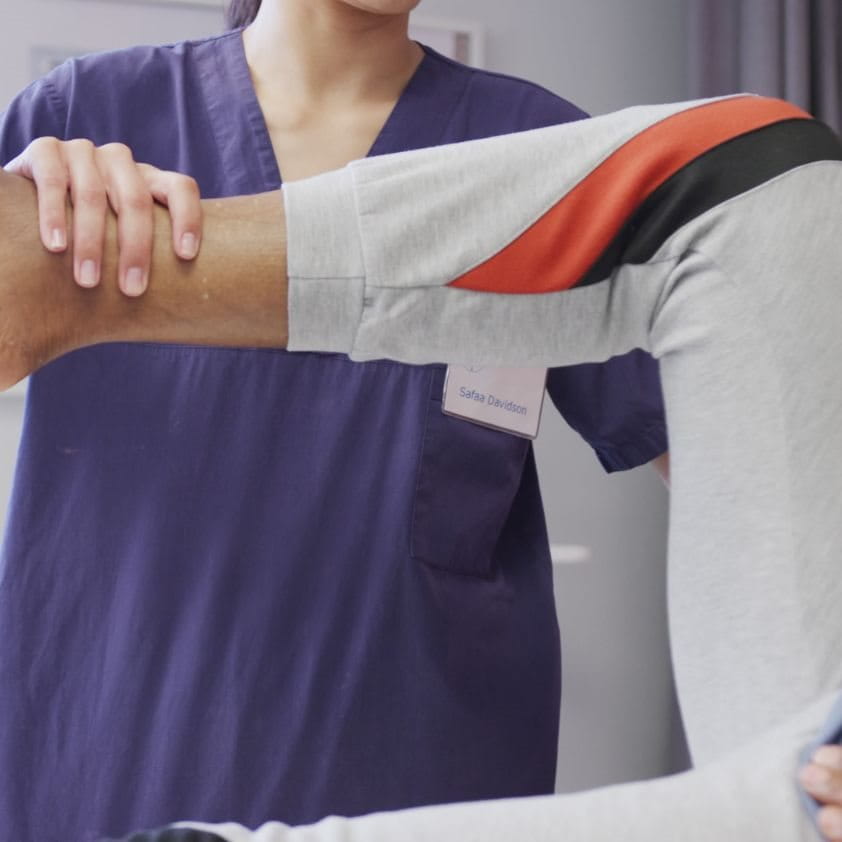
If possible, try to elevate the bruised area above the level of your heart. This helps reduce blood flow to the area, minimising swelling and preventing the bruise from spreading.
Pain relievers
Take paracetamol or ibuprofen to relieve any discomfort if the bruise is painful. Avoid taking aspirin, as it can thin blood and make the bruising worse - unless it has been prescribed for another condition.
Wrap the bruise
If the bruise is swollen, wrap it loosely with an elastic bandage. Compression can help ease any swelling caused by the bruise but take care not to wrap the area too tightly. You should still be able to slip a finger under the bandage, as wrapping it too tightly can restrict blood flow and cause further harm. Remove the wrap at night to allow circulation and avoid excessive pressure.
Nutrition intake
Certain foods and supplements may also help speed up the healing process of bruising. Make sure to consume foods that contain:
- Vitamins K, C, and B12
- Citrus fruits like oranges, limes and grapefruits
- Green vegetables include spinach, broccoli, Brussels sprouts, bell peppers, cabbage, and leafy greens.
These vitamins can help reduce bruising, boost your immune system, support blood clotting, aid in red blood cell production, and promote healthy nerve function.
Always monitor the area for signs of increased pain, numbness, or discolouration, and consult a healthcare professional if you have concerns.
When to worry about a bruise
You should immediately seek medical care for bruises if you notice any of the following symptoms:
- Bruises that appear without a clear cause
- Bruising that lasts more than two weeks
- Recurring or frequent bruises in the same location
- Bruising with unusual bleeding (from gums, nose, or cuts), fatigue or weakness, dizziness or fainting.
- Bruising after a fall or head injury
- Very large, swollen, or painful bruises
- Bruises after starting new medication
If you experience any of these symptoms, it’s important to consult a healthcare professional promptly to rule out any serious conditions and receive appropriate care. When in doubt, seeking medical advice is always the safest choice.
Why do I bruise so easily?
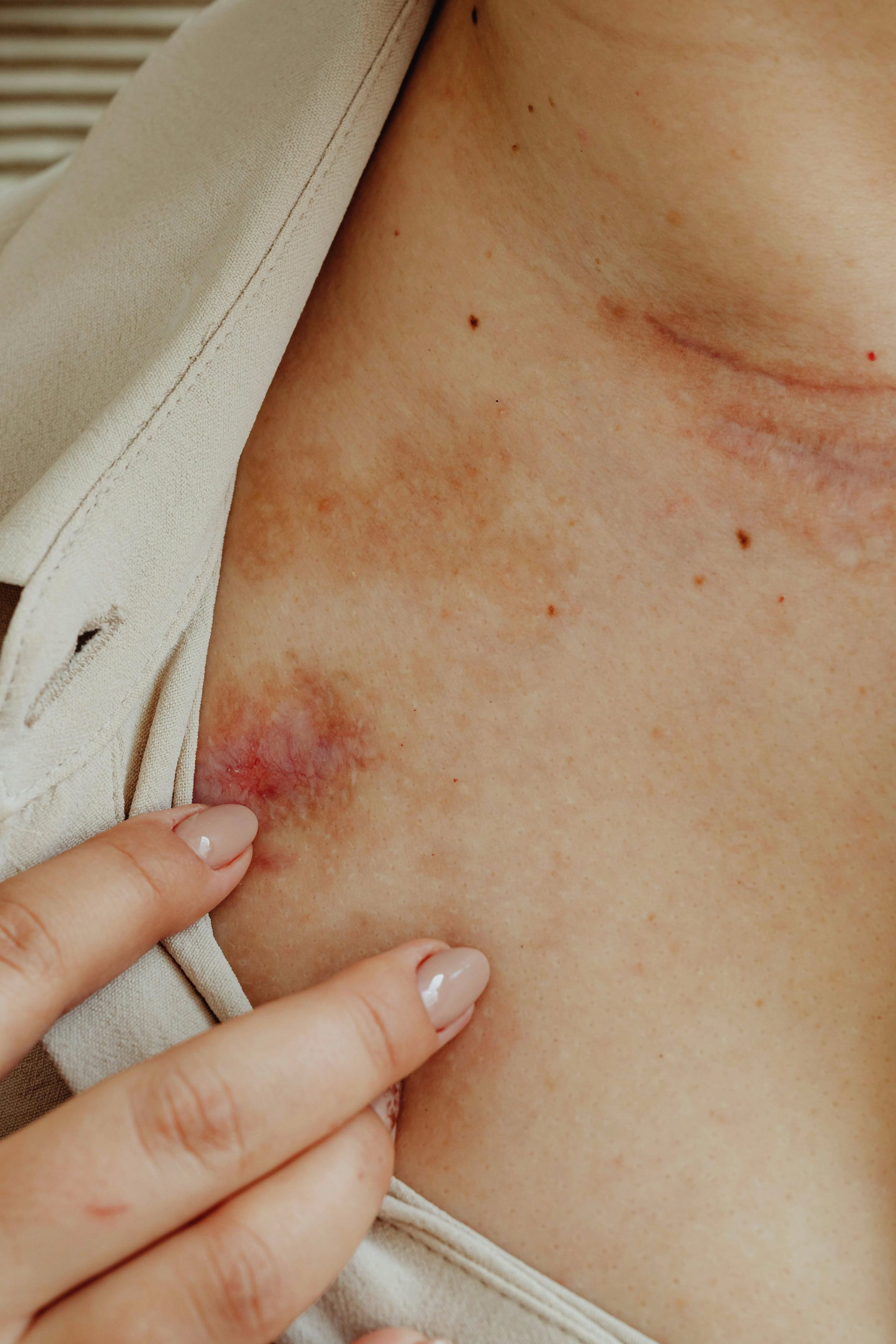
People can be more prone to bruises for several reasons, often related to how easily their blood vessels are damaged or how well their blood clots. Here are the most common causes of bruises:
- Vitamin deficiency: Vitamin C, K, B12, B9, and iron are important for maintaining healthy blood vessels, skin strength, and normal blood clotting. A deficiency in these vitamins and nutrients can make your blood vessels fragile and more likely to break, even from minor impacts, making you more prone to bruising.
- Bumps or falls: A hard knock usually causes a large bruise, but if you bruise easily, even a minor bump can leave noticeable marks.
- Sports injuries: Contact sports or vigorous exercise can lead to bruising from impact, sprains, or repeated pressure.
- Ageing: Older adults tend to bruise more easily because their skin becomes thinner and loses some of the protective fat that cushions blood vessels.
- Health conditions: Blood clotting disorders, such as haemophilia, or illnesses like leukaemia, diabetes, can cause frequent or unexplained bruising.
- Medical procedures: Injections, blood tests, or surgery can sometimes leave bruises around the treated area.
If you notice bruises appearing often or without a clear reason, it's best to speak with a healthcare professional.
How to prevent bruises
If you get bruises easily, there are some preventative measures you can do to lower the risk of injury and avoid getting bruises:
Keep your home safe
Ensure your home is well-lit and keep rooms, walkways, and hallways clear of clutter or bulky furniture. This helps prevent accidental trips, slips, or bumps into hard surfaces that can lead to bruising, especially for older adults or anyone prone to falls. Using nightlights and non-slip mats can also add an extra layer of safety.
Eat healthy foods
Maintaining a balanced diet rich in vitamin C and vitamin K is essential for supporting healthy blood vessels and skin, which can help reduce your risk of bruising. Vitamin C helps strengthen capillary walls, while vitamin K plays a key role in blood clotting. Incorporate foods like citrus fruits, leafy green vegetables, berries, bell peppers, and broccoli into your daily meals for optimal skin health and resilience.
Wear protective gear
Wearing protective gear such as the Elastoplast Protective Ankle Support, Protective Wrist Support and Protective Knee Support can help prevent bruises and other injuries during physical activity. This is especially important in high-impact or contact sports where knocks and falls are more likely. These supports work by reducing the force of impact and minimising the risk of broken blood vessels beneath the skin — one of the main causes of bruising.
Key benefits:
- Dynamic Guard Technology: Provides protection and supports active recovery by maintaining knee stability.
- Dynamic Recovery Knit: Engineered to stimulate blood flow, thereby enhancing recovery.
- Flexible Fabric: Moves with your body for ultimate comfort and flexibility.
- Pressure Reduction Pad: Helps to relieve the pressure on the knee during movement.
FAQs about bruises (2)
-
Do bruises spread?
Yes, bruises can spread due to gravity. For example, if you have a bruise on your upper leg, it's common to see the black and blue mark extend down towards your ankle. However, you don't need to worry that it's getting worse - this is actually your body's natural way of handling a bruise.
-
Can bruises have a permanent mark?
Bruises can heal completely within a couple of weeks because your body will reabsorb the blood that caused the discolouration. However, in rare instances, a bruise may leave behind a lasting mark, especially if:
- Very deep or severe bruise
- Significant damage to the surrounding tissue
- You have a condition that affects skin healing
- You bruise easily and frequently in the same area, causing repeated trauma
If you’re concerned about a lingering mark, it’s recommended to consult a healthcare professional or dermatologist.

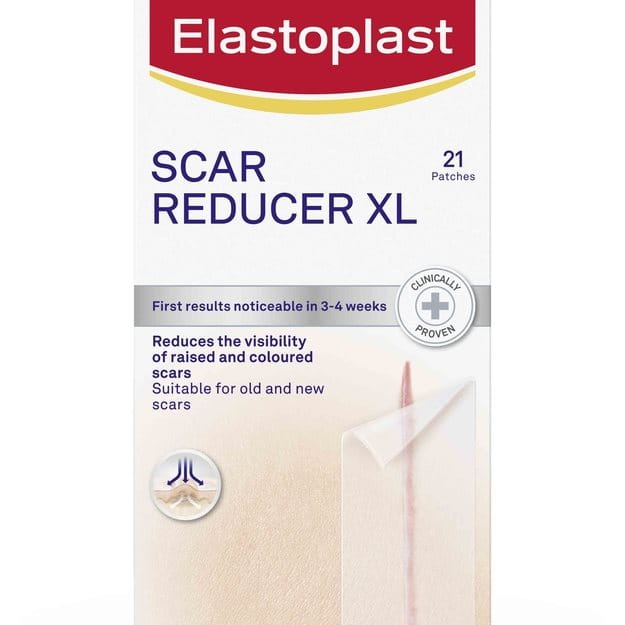



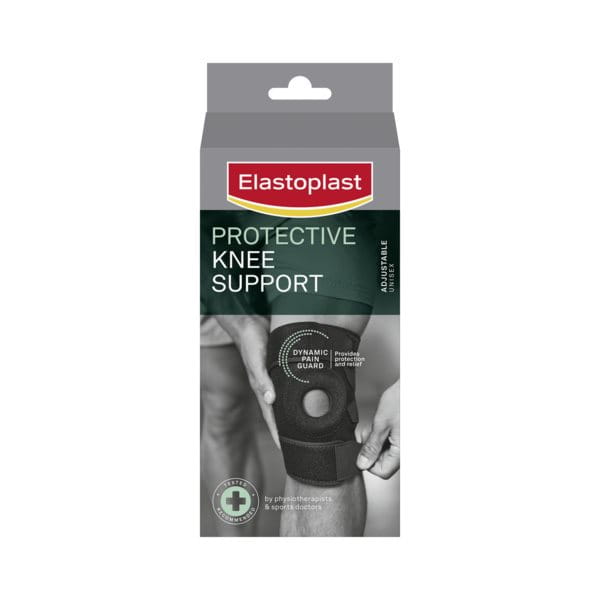

.jpg?rx=14&ry=0&rw=5731&rh=3840&hash=54FC27E9DDD4FA009580E615C2A13E3B)
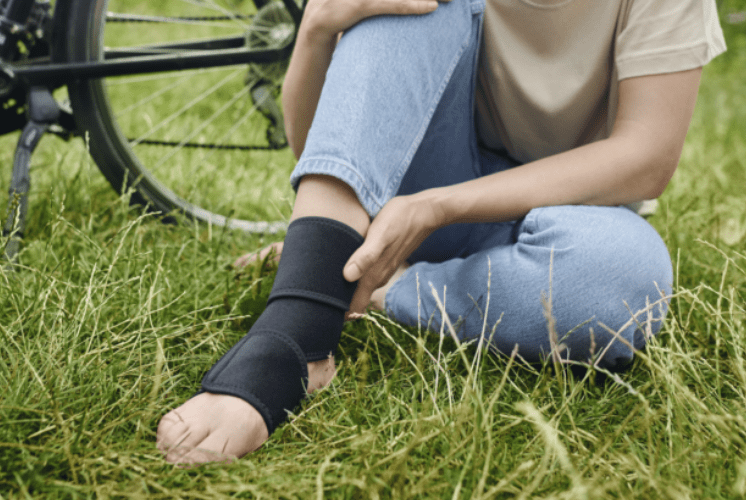
.jpg?rx=436&ry=0&rw=3223&rh=2160&hash=FA8B83CD5866417422BBD832C005C2E8)